Five Lessons The Grateful Dead Can Teach Live Theatre
I have enjoyed the Grateful Dead since I first listened to the Workingman’s Dead album in high school, but I couldn’t call myself a fan, not compared to my cousin Bobby, who’s a tie-dyed Deadhead. “They’ve been one of the constants throughout my life,” he said recently, when he invited me to a Dead and Company concert (three of the four surviving members of the Grateful Dead, plus John Mayer) at Madison Square Garden. In return I invited him to a play at Playwrights Horizons. We both enjoyed both events, but I found the concert eye opening: more than 10,000 people of all ages coming from around the country for a four-hour event. Has that happened for live, legitimate theatre since Ancient Greece?
I couldn’t help thinking there were lessons here—some serious, some more fanciful—or at least reasons to feel envious.
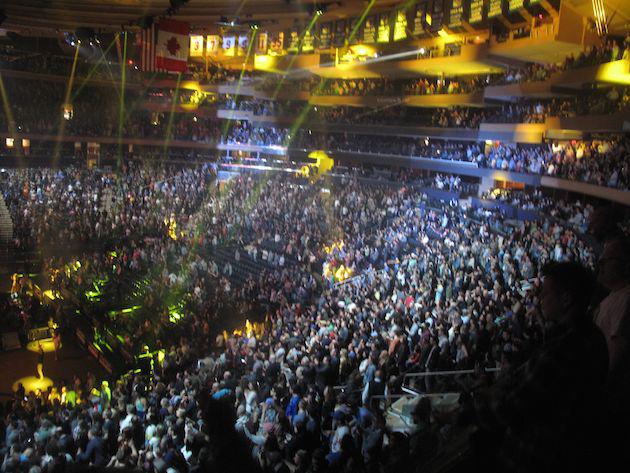
Free Tickets
The tickets to the concert I attended at the Garden were free, given out by lottery. It was their third concert at the venue; the first two cost plenty. Now, these rock stars can afford to give out free tickets (Bob Weir, for example, has a reported net worth of more than $200 million) far more than your average play or theatre company. But it’s worth noting that American Express sponsored the ticket giveaway. As a result of corporate sponsorship, the Signature Theatre in New York is able to keep its tickets to $25 for all performances within the initial run. (Prices go up if a play at the Signature is extended.) Mixed Blood Theatre of Minneapolis provides what it calls “no-cost access” to all its main stage productions, making up the lost ticket sale revenue by corporate philanthropy and increased donations from grateful theatregoers. Finally, many Broadway shows hold a daily lottery for relatively low cost tickets. There is, in another words, enough precedent to implement the Dead idea in live theatre: a certain number of completely free performance offered for audience members by lottery during a show’s run.
Why don’t theatre aficionados have a label they can call their own?
Free Spirit
There was a spirit of generosity that ran through the crowd. Complete strangers were welcoming to one another, and they were not all stoned. The musicians seemed to set the tone: audience members were free to use cell phones and cameras, and indeed permitted to record any and all of the music. The entire concert was also being live-streamed for free. “Their attitude is: ‘Once we play it, it’s yours,’” my cousin told me (a paraphrase of a possibly apocryphal but widely quoted comment by the late Jerry Garcia).
There was a live-and-let-live vibe throughout the concert. Concert-goers felt free to go out and come back whenever they wanted. The food stands helped, as did the freewheeling structure of most concerts. One cannot expect a theatre to encourage anything similar when putting on a production of, say, a Eugene O’Neill play, but this feeling that the spectator is in control might help to explain the popularity among younger theatregoers of such “immersive” works as Sleep No More.
“Deadheads”
It’s fascinating to me that the first definition of “deadhead” in my dictionary is “a person who attends a performance…without having paid for a ticket,” which makes the people at the Garden concert deadheads twice! I suspect the word Deadheads is actually more familiar to most people as a synonym for fans of the Grateful Dead, evidence both of their devotion to the band and their bonding with one another.
Why don’t theatre aficionados have a label they can call their own? Drama Mama would be too gender-specific, and Play Gay too narrow sexual orientation. Theatre Seater doesn’t really work. How about Stage Sage?
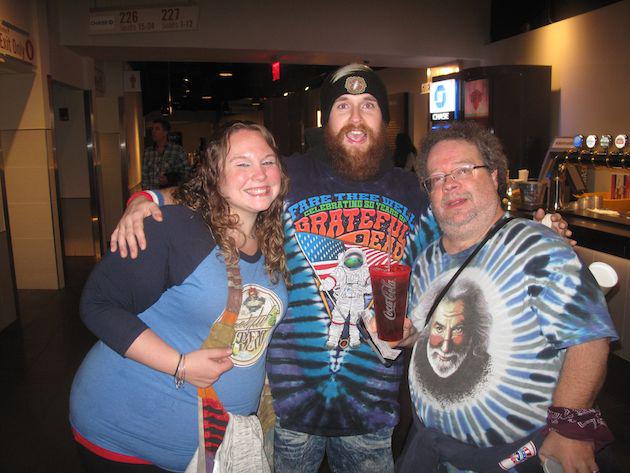
T-shirts and posters as an art form
Broadway shows are happy to engage in “branding” by selling t-shirts and mugs with designs that are not always tepid. But the Dead helped create something of a separate art form with their album covers and posters, which live on in the endlessly reworked t-shirt designs.
Visual artist Stanley "Mouse" Miller has told the story of how he was inspired to create the Dead’s 1971 Skull and Roses album cover by doing research in the public library, and finding a 19th century woodcut that illustrated the 11th century poem The Rubaiyat of Omar Khayyam.
The only theatre I can think of that takes its visual art as seriously is the Public Theater, with memorable posters by Paul Davis and Paula Scher, and even they don’t pay much attention to t-shirt art.
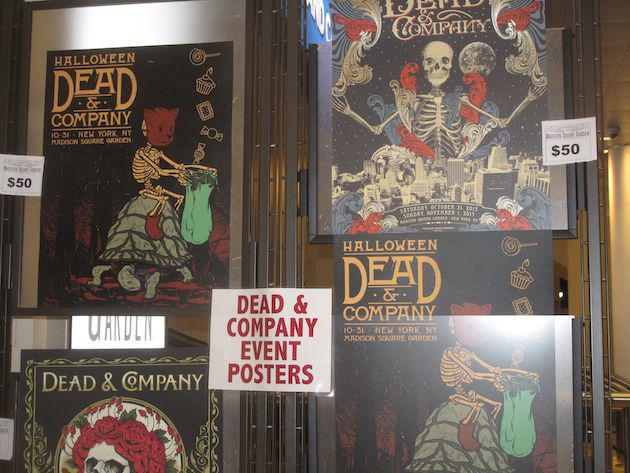
Crowd Control
It seems counterintuitive that a Sixties counterculture band could teach theatres anything about crowd control, but anybody who’s ever tried to shove their way into the Schubert or maneuvered their way to the single escalator at the Marriott would be in awe of the efficient and effective system Madison Square Garden has in place for getting spectators into and out of the show.

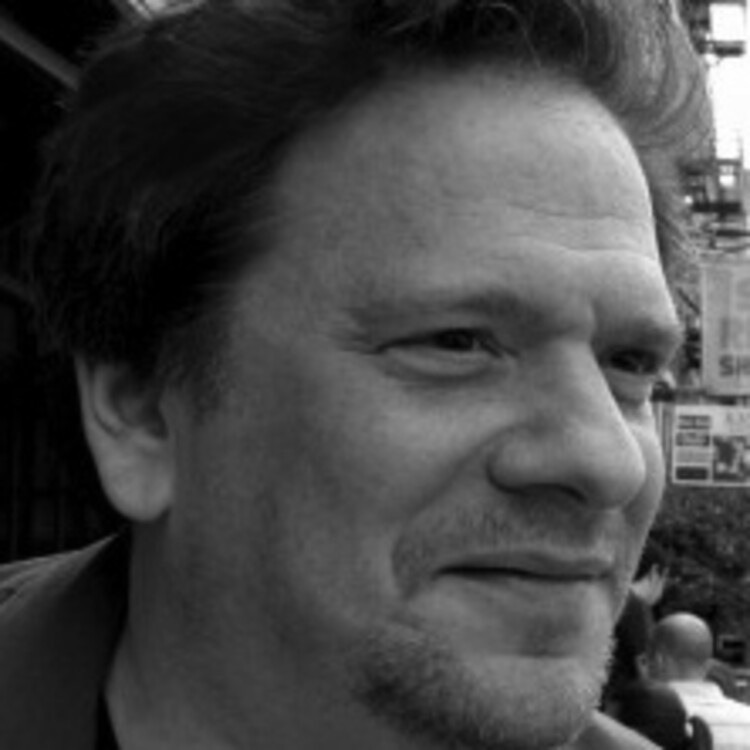


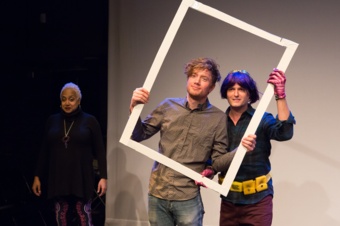

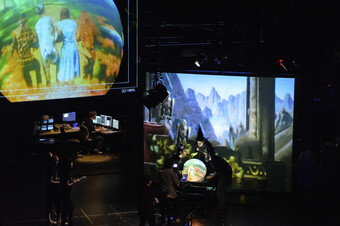

Comments
The article is just the start of the conversation—we want to know what you think about this subject, too! HowlRound is a space for knowledge-sharing, and we welcome spirited, thoughtful, and on-topic dialogue. Find our full comments policy here
I wrote a play "Tidewater 4-10-0-9" that features Grateful Dead lyrics. It us an update to the Robin Hood saga where Robin, Little John & the band are deadheads.
Hey, Jonathan. Great post! I think what many rock bands like
the Grateful Dead understand is that a show isn’t just about entertainment; it’s
about establishing connections and building community. Crowds are encouraged to
talk to each other, make noise, and sing along during the show. They have the
freedom to leave, grab a beer, and discuss their favorite albums with fellow
fans. Their t-shirts and posters are badges that identify them as part of this
community. Theatre doesn’t have that kind of relationship with its audience. Theatre
asks its audience to sit in a dark room for two hours and be quiet. In a lot
places, the most interaction an audience may get is speaking to an usher. I
know there are many artists working on this issue, but maybe we need to change
the way we view the audience and the kind of environment we create in the
theatre.
My thoughts exactly.
I should point out that some artists are not only working on this issue, but have presented what they've created to the public.
I can't wait to send this to my Deadhead dad. He'll get a kick out of it.
...is there more to the "Crowd Control" lesson?